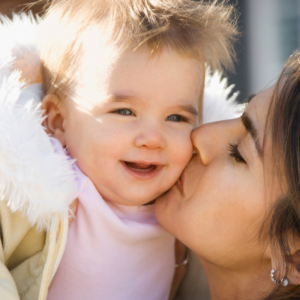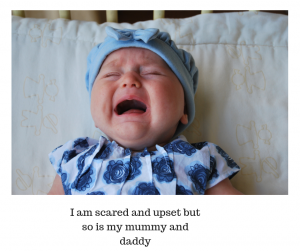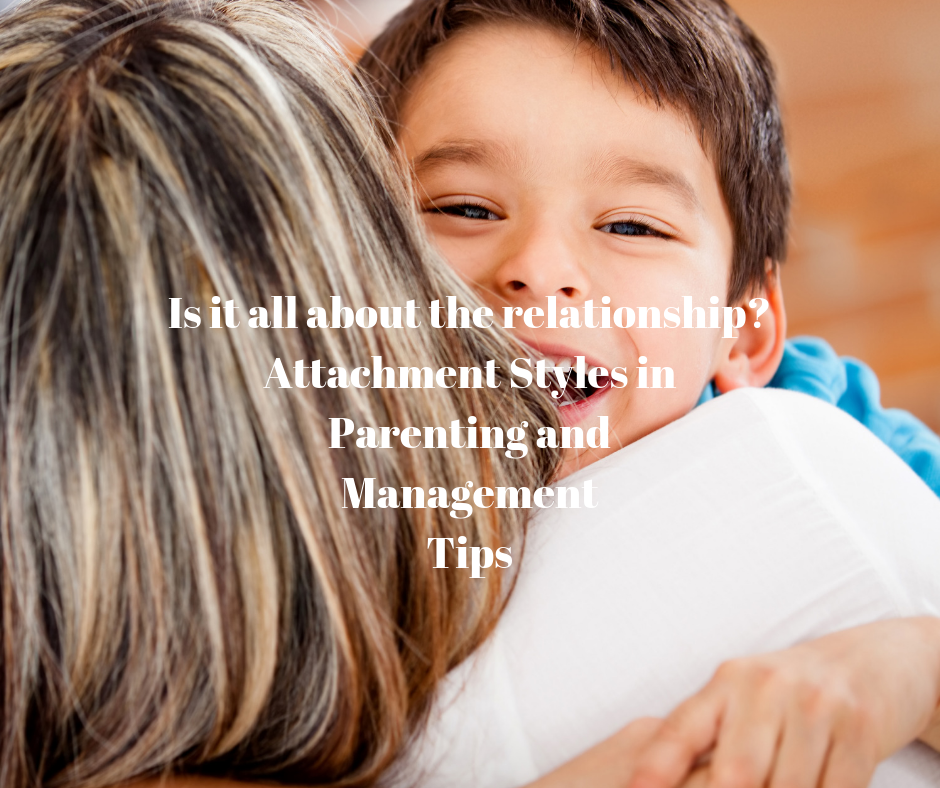Yes, it’s all about the relationship, and it makes intuitive sense that a child’s attachment style is based on the caregiving the child receives within the early years. However, I believe temperament, genetics and our upbringing have a part to play too.
Why is Attachment so important in Relationships?
 Research from Harvard University tells us that babies’ brains make 1 million connections per second in the first few years of life – 60 million per minute!
Research from Harvard University tells us that babies’ brains make 1 million connections per second in the first few years of life – 60 million per minute!
In addition, research into brain development in the last 20 years has shown us how vital social interaction is to the development of the brain – and, thus, our social and emotional functioning through life.
“The brain is a social organ (Fonagy), not just a physical organ that develops irrespective of our social experience: our minds emerge, and emotions become organised through engagement with other minds, not in isolation” (in Sue Gerhardt’s Why Love Matters p15). Human infants’ emotional capacities are the least hard-wired in the animal kingdom and the most influenced by experience. (Gerhardt, p19).
What is Attachment?
Psychologist John Bowlby was the first attachment theorist, describing Attachment as a “lasting psychological connectedness between human beings“. Bowlby believed that the earliest bonds children form with their caregivers have a tremendous impact throughout life. He also thought Attachment was not the only component but part of a three-point system:
- Predisposed motivational and behavioural system from birth
- Survival and protective function
- Where your child is an active player too
What are the different attachment Styles:
1. Secure Attachment Style
 When caring is good enough, Your child will sense you are available and responsive, leading to a sense of trust and security. They will view the world as safe and develop a “good internal working model”.
When caring is good enough, Your child will sense you are available and responsive, leading to a sense of trust and security. They will view the world as safe and develop a “good internal working model”.
- When something happens, my parent knows what to do and soothes me, I am safe, and I know how to comfort myself,
- My parent understands me, and I am worthwhile/wanted; I am capable and lovable.
2. Insecure Attachment Styles
When caring is not good enough, ( it is not your fault, but there may be trauma, low mood, difficult life experiences, and unhelpful modelling from your parents.
It may feel like this to an infant:
- When things happen, my parent shouts and does not know what to do. I don’t feel better, and I can’t help myself feel better.
- My parent is frightened, and I am scared too. Is it my fault, or am I wrong?
There are three types of Insecure Attachment Styles:
- Avoidant – the child actively seeks to meet their own needs.
- Ambivalent – will seek support but do not know what to do with it.
- Disorganised – the child will be unpredictable, exhibiting difficulty understanding and distressing behaviours.
Attachment Styles and Likely Attachment behaviours.
Please note that the attachment grid below shows likely behaviours given :
- All infants make use of defensive behavioural strategies
- Insecure infants have to rely on these to avoid/relieve distress habitually
- Insecure Attachment is, by itself, not necessarily a disorder, but it is a risk factor
| Secure | Avoidant | Ambivalent | Disorganised |
| • high self-esteem
• recognise others’ needs and feelings • trust close relationships • regulate own emotions • sociable and confident • manage transitions • resilient • able to settle to learn Feels (Rewarding) |
• highly anxious, apparent indifference
• compulsively self-reliant (‘I don’t need anyone) • shut down/ emotionally distant • suspicious in close relationships • socially isolated • occasional bursts of anger Feels ok sometimes(Easily overlooked) |
• anxious/helpless
• low self-esteem • seek attention • rejecting and clingy (‘Go away – Don’t leave me!’) • constant chatter, interrupting • poor concentration • socially impulsive • quick to blame Feels (Exhausting) |
• ‘unworthy of care.’
• fearful of adults • façade of defiance • bizarre/extreme /shocking behaviours • violent (terrified) • controlling (fear of dependence) • hyper-vigilant • feel excluded • confused • escalating anxiety It feels terrible (Constant battle) |
Within insecure attachment styles, parents think their child may have ADHD or be naughty, but they are just trying to use survival strategies to manage stress. This is why we often must work on addressing the limbic system first ( yours and theirs ) to feel safe.
Other Psychologists have moved from one style to a model that Attachment is adaptive. I like Dr Patrica Crittenden’s work. She believes that children do not have just one attachment style; it is more fluid than that; indeed, they may have a default pattern in different contexts, such as school or home.
What can you do to help build a Secure Attachment Style
Six tips to get you going
The good news is that the brain can develop new neurons ( neurogenesis) and the ability to be malleable ( neuroplasticity)
1. Regulate your own emotions and understand your Attachment Style
Children with insecure attachment styles can be challenging to parent. Try to ensure that you can manage your emotions and have the capacity to ensure safety. Seek help, use mindfulness and meditation to help you, and Give your self-positive self-talk about it not being your fault! In addition, think about your parenting models. Did you develop a secure attachment to your parents?
2. Ensure Safety
If you do not calm the Limbic System, your child will not be able to feel safe and will continue to feel distressed and need to ” control the environment”. Ensure that the property and you are safe first.
3. Connect
Offer a particular time, 1 to 1; your child may refuse it, so gently keep challenging your understanding of them and how difficult it is for them to let love in.
4. Give your child positive messages.
Get close and use eye contact to help your child listen to you.
Use praise- but mainly targeted credit. This means picking up on particular things so the child can’t reject your recognition. E.g. if you say, “You’ve been good”, the child can argue with that or not accept it. If you say, “ I liked how you helped me put those plates in the cupboard”, they can’t argue!
5. Ensure good routines and structure
Children with an insecure attachment style struggle with changes and transitions, so ensure you have clear rules and realistic limits. Have good routines and stick to them. Tell your child what you expect of them. Give them a plan for the day – for example, put a list on the wall of what they need to do before school. If there is a change, give them plenty of warning.
6. Use Consequences rather than punishments ( ensure the consequence is relevant)
Stay calm when she has misbehaved, and give yourself time to think about the result rather than providing an instant – often unrealistic – punishment, e.g. “right, you’re grounded for the next three months!”.Children with attachment problems feel a sense of power and control when they manage to get you angry. They don’t want this, but it means they can focus on your anger rather than thinking about what they have done or how to make up.
One-liners can help you not get into an argument with your child.
“We’ll talk about this when you have the” big feelings” have cooled down”.
“Sorry you feel that way- there’s nothing I can do about it now, but let’s talk later.”
“That wasn’t a good choice; I know you are trying hard; tomorrow is a new day. Do you want some help with this?”
Remember, parenting is complex, and there are many reasons for challenging behaviours, and it doesn’t mean it’s your fault, and you can do something about it. Contact me for a consultation or workshop and seek professional help if you are worried.
References:
Sue Gerhardt, Why Love Matters, How affection shapes a baby’s brain
Positive Psychology Program Attachment Theory in Adults and Children



